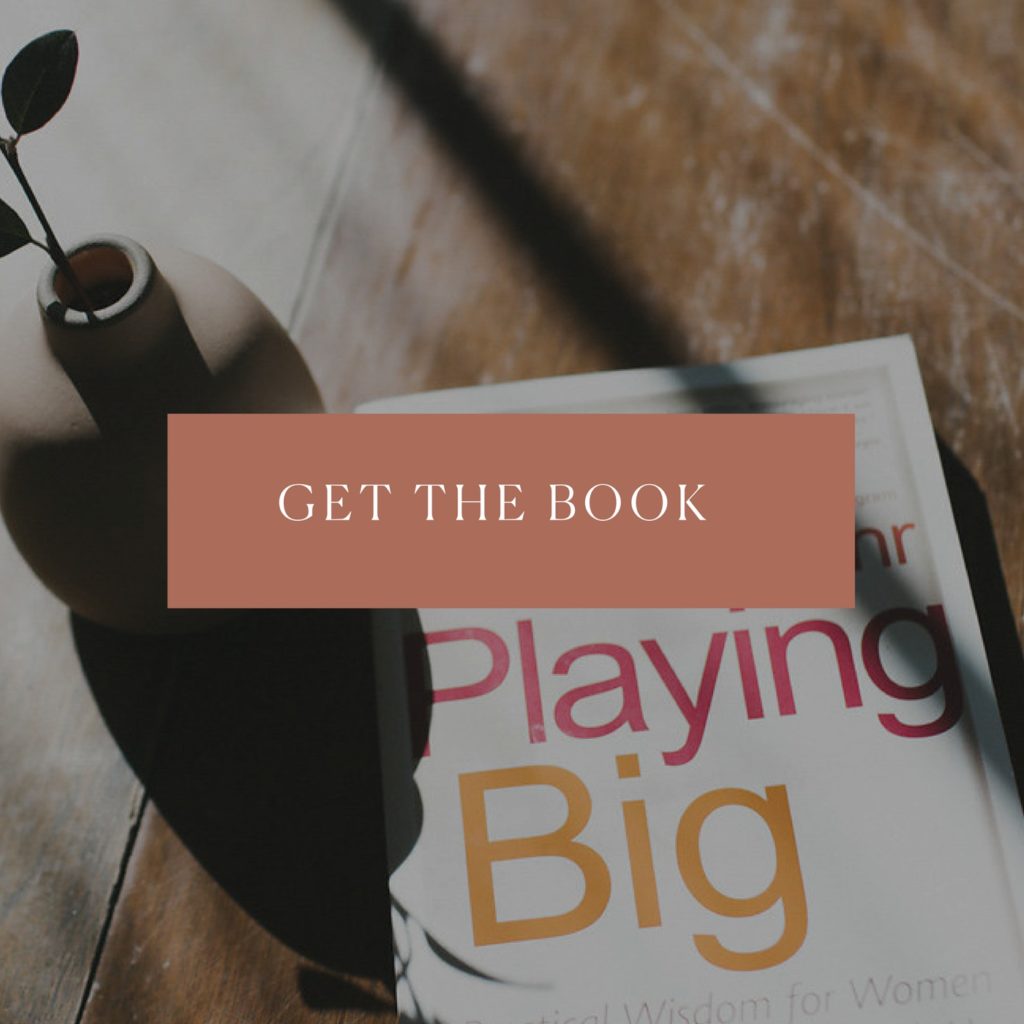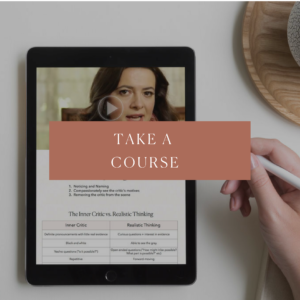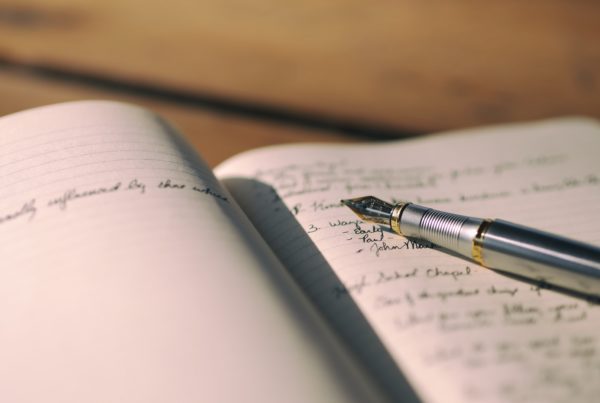This week my four year-old son said goodbye to the first teachers he ever had, two of the first adults outside our family and home who meant something deep and real to him.
Now, he moves on to a new classroom, new teachers, a new school year.
Remember that 1980’s bestseller, “Everything I Need to Know, I Learned in Kindergarten?” Well, I don’t have to wait till my son’s kindergarten to learn the important life lessons – I’m getting plenty of them from his preschool.
As the last day of school drew near, the children worked together on a poster. Each child shared how they were feeling about the transition – happy, sad, or both – both happy and sad.
The teachers spoke a lot about this idea of feeling both happy and sad about a change. They illustrated it in all kinds of ways:
They used their hands to push half of their mouths down into a frown while the other half grinned.
They drew smiley and sad faces right next to each other on the page.
They listed out the things that excited them about the new year, and then, in the next column, listed the things that made them sad about leaving this chapter behind.
Again and again, the teachers named it so explicitly: that we can feel opposite emotions without those feelings “conflicting” in any way. Neither has to win out. They can just live side by side.
One day when I was in the classroom, I watched my son’s teacher put her hand on her heart and talk with ease about feeling both sad and happy about the class moving on. And I wondered about the things in my life I might have done differently, the doors I would have walked through, if I had really known it was okay to feel both eager for and sad about a change, and to then walk through that door to the other side.
Too often, we don’t pursue the healthy changes, the leaps, that would bring sadness intertwined with happiness, or fear intertwined with excitement.
Too often, we try to talk kids (and adults) out of their legitimate sadness by reminding them of the good stuff. There’s a fine line between encouraging positivity and gratitude and squashing sadness that needs room to be.
In developmental psychology, the ability to hold mixed emotions is seen as a key milestone of maturation.
Can a person do courageous things without being at home with mixed emotions? I don’t think so.
Can a woman find equanimity in the midst of a complex, layered life if she isn’t at home with mixed emotions? I can’t see how.
Can she move and grow, can she be a part of the flow of change that is life, without comfort with mixed emotions? No.
So I pass on this idea from my sweet boy’s teachers today: that we really can feel a whole mix of things, and that we usually do, in times of change. And we can make change anyway.
How can you say yes to the changes that you know will pull you forward but that also bring some grief or sadness with them?
How can you discern between the sadness that says, “stop, don’t make this change” and the sadness that is simply to be felt and moved through?
How can you hold more space for yourself to have mixed emotions, in big and small ways, beginning today?
With love,
Tara
P.S. If you are a reader here, and you’ve not yet had the chance to check out my book, Playing Big, it’s a great way to get going on realizing your playing bigger dream.
Photo Credit: rawpixel






